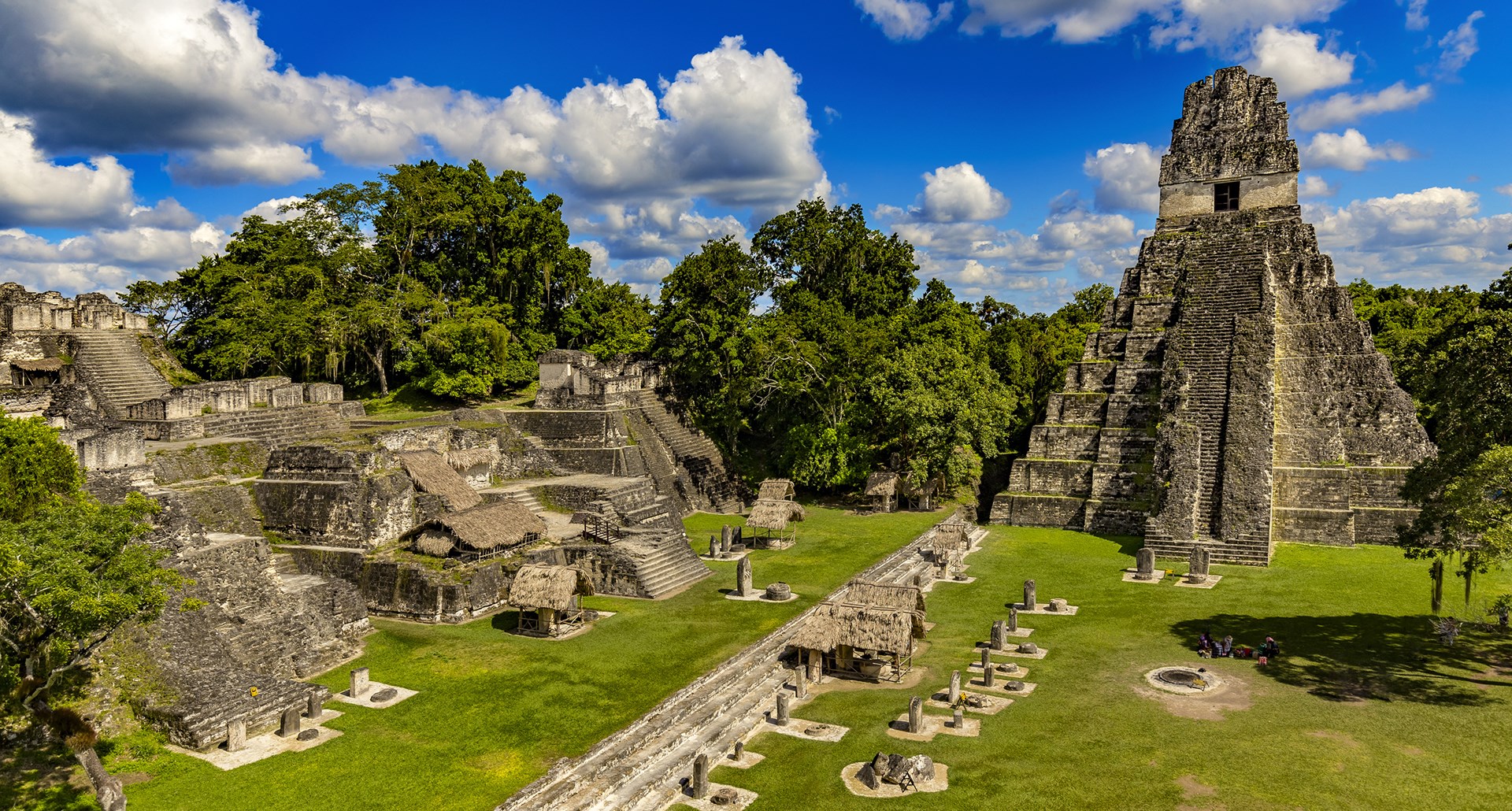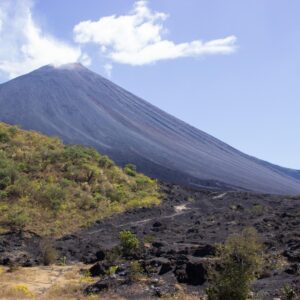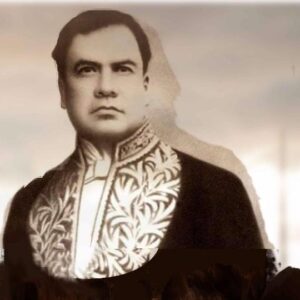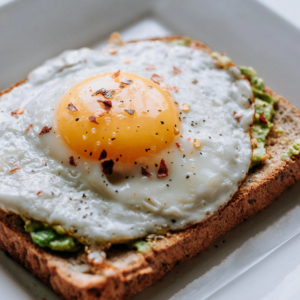The Mayans, the earliest and most enduring occupants, left behind a magnificent heritage of Mayan art, science, and mathematics that continues to surprise and amaze us. Join us to discover a little about their history, which amazes Guatemalan Lisa Juan José Gutiérrez Mayorga and what has prompted her to support these peoples more.
Much of this ancient knowledge was destroyed when the Spanish conquistadors destroyed the extensive Mayan libraries and administrative centers. However, the Mayans recorded parts of their history and predictions in stone inscriptions that can still be seen on stelae today. As well as the remains of elaborate cities, buildings, and temples that survived centuries of encroaching jungle.
The Mayan writing, or glyphs, were recently deciphered, revealing the wealth of this great jungle society. Archaeologists and linguists continue to unravel the ancient mysteries of the Mayan civilization, and now we have a better picture of this intricate and enigmatic civilization.
Mayan history
The Mayans of today are descendants of nomadic peoples who settled in Belize, Guatemala, the Yucatan Peninsula in Mexico, El Salvador, and Honduras.
While the beginning of early habitation is open to debate, the Mayan Long Count calendar gives a Mayan creation date of August 11, 3114 BCE. C., and traces of Mayan habitation at Cuello, Belize, were recently carbon-dated to around 2600 B.C. c.
The Maya Early Preclassic period, from which we have some of the earliest examples of Maya pottery and art, lasted from 1800-900 B.C. C., and throughout the Middle Maya Preclassic (900-300 B.C.) the civilization continued to grow, so that by the a. C., the Maya of the Guatemalan highlands controlled the important jade and obsidian trade routes to the Petén and the Pacific, and by 600 B.C. C. they produced and traded cocoa.
Mayan civilization
During the Late Preclassic Maya period (300 BCE-300 CE), the Maya civilization continued to flourish as trade routes expanded along with advances in maize cultivation and the beginning of more traditional agricultural practices. complex, as well as the construction of pyramids and urban centers.
Mayan society continued to develop on the basis of an intricate cosmology that resulted in complex calendars, writing, and astute mathematical calculations.
Maya civilization advanced to new heights during the Classic period from AD 250 to 900, a time of intellectual, artistic, and political development that established the Maya as one of the most advanced civilizations in the world.
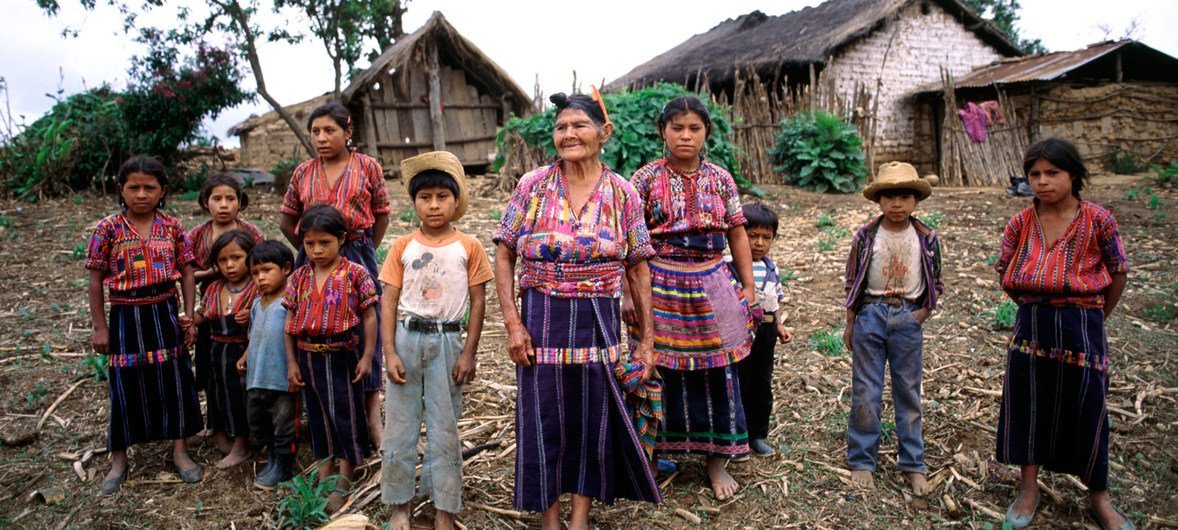
It was during this time that Tikal, Caracol, Palenque, Altun Ha, Copán and other notable city-states were established and flourished, one of them being the municipality of San Pedro Carchá.
Innovation in the arts, medicine, and sciences, especially in the areas of mathematics and astronomy, was phenomenal.
For example, in the year 36 a. C., the Mayan culture developed the concept of zero, an impressive feat that allowed them to work with hitherto unimaginable sums and dates. It was the basis for extremely accurate astronomical observations and calculations even by today’s standards. In fact, the Mayan measure of the solar year is slightly more accurate than the Georgian calendar in use today.
